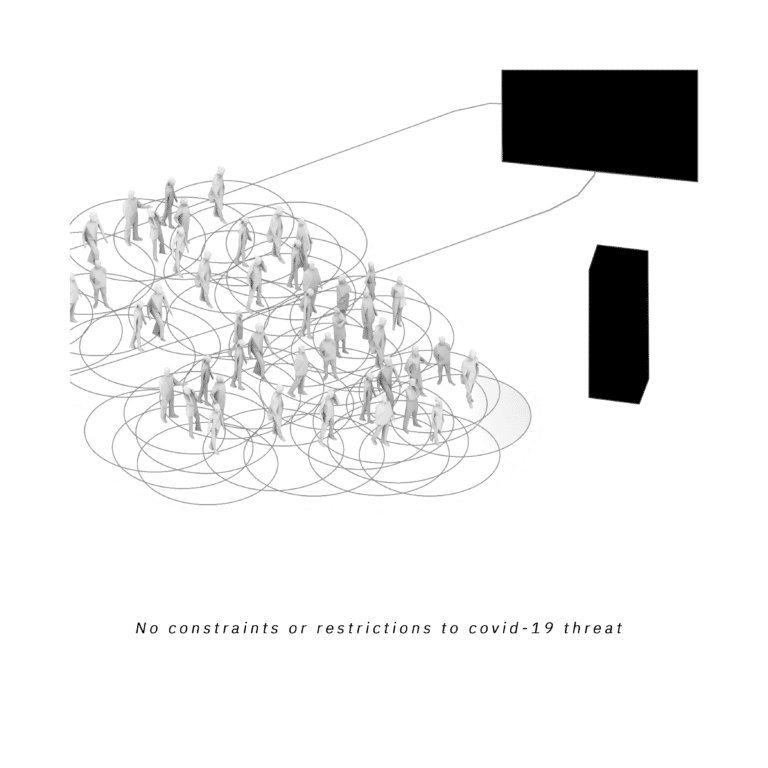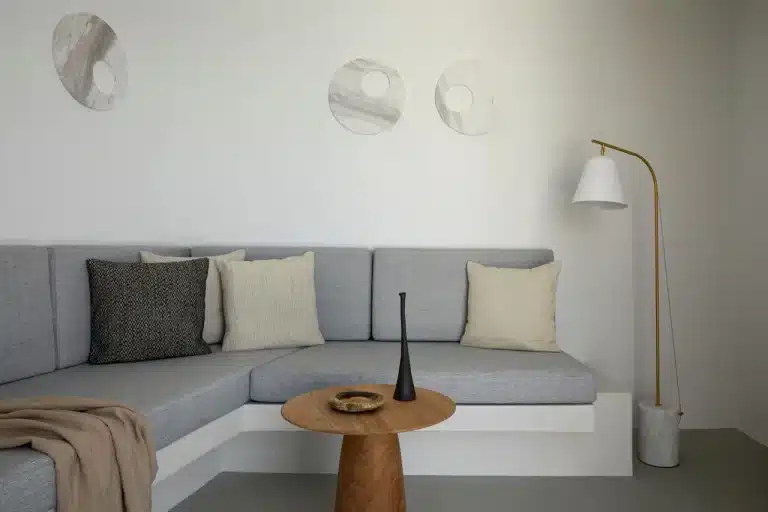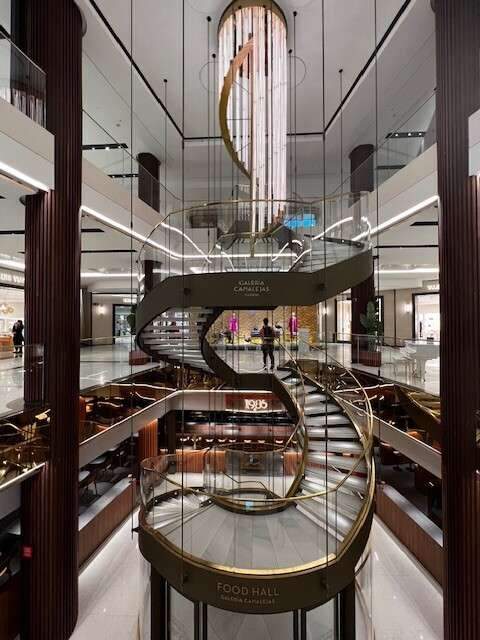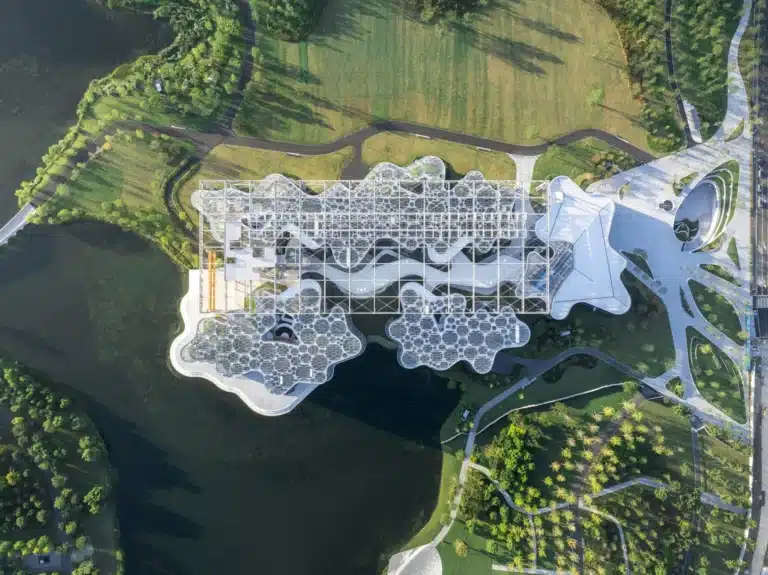Tbilisi: A Crossroads of Cultures and Architectural Diversity Through the Ages
Tbilisi architecture, found in the capital of Georgia, is more than a political or economic hub connecting Europe and Asia—it serves as an open-air laboratory for studying architectural evolution shaped by centuries of cultural exchange. This article examines two central themes:
- The geographic and historical factors influencing Tbilisi’s architectural identity .
- Distinctive architectural features and contemporary urban planning challenges .
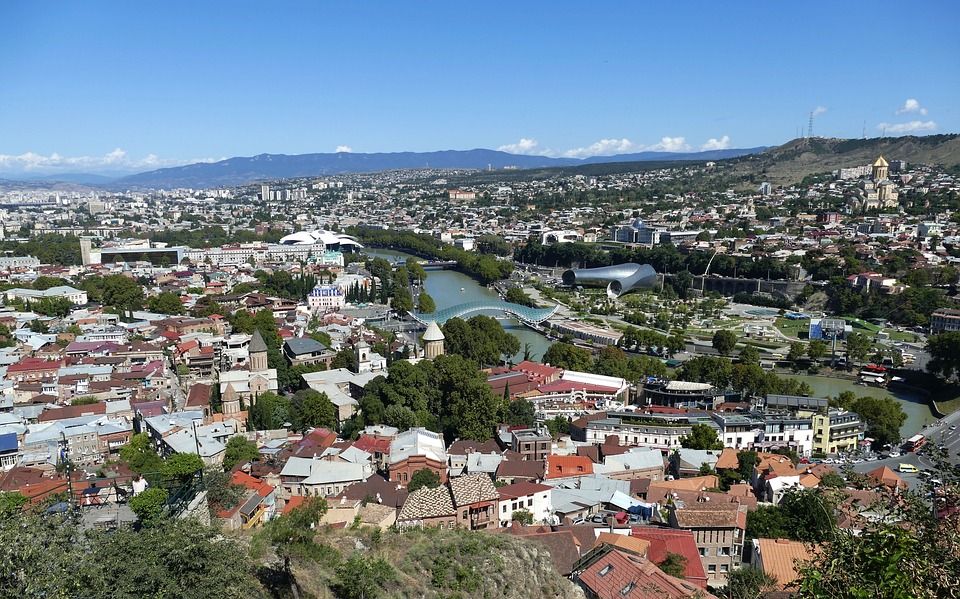
Strategic Location and Its Impact on Architectural Identity
Tbilisi’s position at the crossroads of Eastern Europe and Western Asia has made it a focal point along the Silk Road. This strategic location attracted waves of cultural and political influence, from Persian and Ottoman rule to Russian imperial dominance in the 18th and 19th centuries, leaving lasting imprints on Tbilisi’s architectural repertoire. Each era left distinct architectural imprints, blending local Georgian traditions with foreign styles. The Soviet period introduced utilitarian designs, while recent decades have seen modernist projects aiming to integrate global trends with historical context.
Architectural Diversity: From Sulphur Baths to Contemporary Projects
1. Historical Architecture and Varied Styles
- Traditional Georgian Style : Found in historic districts like Sololaki and Chughureti, characterized by wooden facades, ornate balconies, and courtyards.
- Byzantine and Ottoman Influences : Evident in religious structures such as Metekhi Church, combining Georgian simplicity with Byzantine decorative elements.
- Sulphur Baths : A legacy of Tbilisi’s thermal springs, these baths feature low domes and volcanic stone walls, reflecting their medieval origins while contributing to the city’s diverse architectural landscape.

2. Soviet-Era Functionalism
The Soviet period prioritized efficiency over aesthetics, resulting in concrete-heavy structures like the Ministry of Interior building on Rustaveli Avenue, which highlights the functional aspect of Tbilisi architecture. These designs emphasize utility but lack ornamental details, mirroring the era’s industrial priorities.
3. Modern Architectural Integration
Recent projects, such as the Justice Palace and Peace Bridge, employ advanced materials like tempered glass and steel frameworks. These structures symbolize Georgia’s aspirations to engage with global architectural innovation, though debates persist about their compatibility with historic neighbourhoods.

Urban Planning Challenges: Balancing Preservation and Renewal
1. Clash Between Old and New
Historic areas like Narikala face pressure from unregulated development, threatening to erase traditional buildings that contribute to Tbilisi’s architectural heritage. Meanwhile, municipal efforts, such as the international-funded restoration of Sololaki’s wooden balconies, aim to preserve heritage while adapting to modern needs.
2. Transportation and Infrastructure
Despite improvements in public transit, traffic congestion remains a critical issue. Narrow streets in older districts struggle to accommodate growing population density, highlighting the need for revised urban design strategies that integrate smoothly with Tbilisi architecture.
3. Environmental Sustainability
Tbilisi’s thermal waters, once central to its identity, are underutilised in sustainable energy projects. According to Georgia’s Environmental Monitoring Report (2022), 60% of sulphur bath water is discharged without recycling, underscoring inefficiencies in resource management.

Frequently Asked Questions (FAQ)
| Question | Answer |
|---|---|
| What are Tbilisi’s most iconic buildings? | Metekhi Church and Justice Palace, representing distinct historical phases in Tbilisi’s architectural development. |
| Does Soviet-era architecture still dominate the city? | Yes, in areas like Agmashenebeli Avenue, though gradual revitalisation is underway. |
| What are the main future challenges? | Reconciling heritage conservation with infrastructure development, particularly as these changes impact Tbilisi’s architectural identity. |

Summary Table of Key Points
| Theme | Key Details |
|---|---|
| Historical Context | Silk Road crossroads; Russian and Ottoman influences; Soviet functionalism |
| Architectural Styles | Georgian, Byzantine, neoclassical, Soviet, modernist |
| Urban Challenges | Heritage preservation, traffic congestion, resource sustainability |

ArchUp Opinion
Tbilisi’s architecture vividly illustrates how geography and history shape urban identity. However, the city faces a critical challenge: balancing heritage preservation with modernisation. A notable critique is the absence of a unified strategy for repurposing Soviet-era structures, often leading to demolition rather than adaptive reuse—a loss of urban memory and a facet of Tbilisi’s architecture. Additionally, contemporary architectural projects frequently adopt global forms without contextual depth, risking aesthetic dissonance with Tbilisi’s historic fabric. Addressing these issues requires policies that prioritise sustainable redevelopment and culturally rooted design innovation.
Source: Georgia Environmental Monitoring Report (2022).


